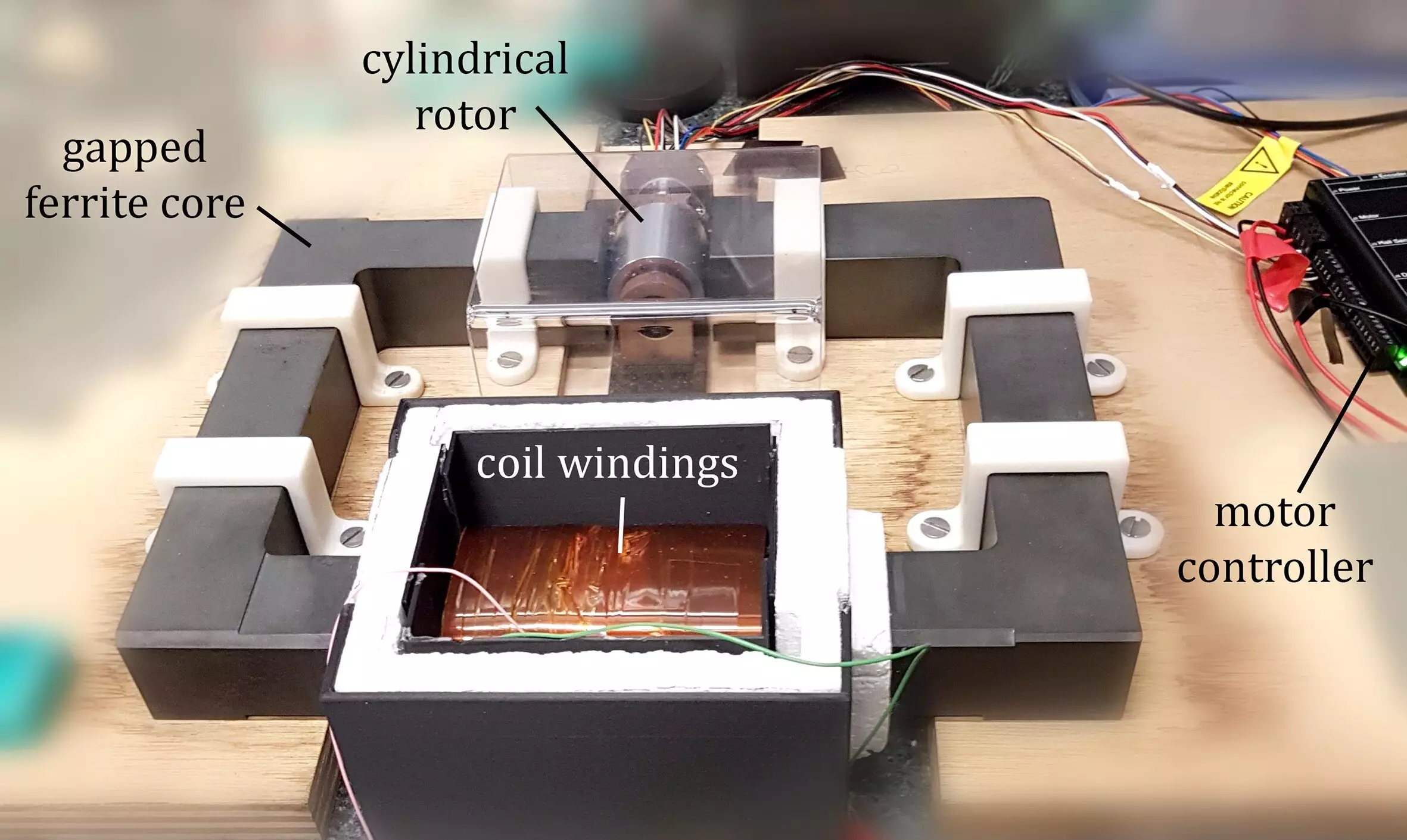In a significant breakthrough that underscores the evolving landscape of physics, scientists at the University of Southampton have validated a theoretical concept that has lingered for half a century within the scientific community. This landmark finding revolves around the manipulation of electromagnetic waves, specifically through the interaction of “twisted waves” with a rotating object. As a testament to the interplay between historic theories and modern experimentation, this discovery not only cements the theoretical groundwork laid by Soviet physicist Yakov Zel’dovich in the 1970s but also opens up a myriad of possibilities for innovation in various fields, including engineering and quantum physics.
The crux of this research lies in the demonstrated ability to amplify electromagnetic waves by using a rapidly rotating object, such as an aluminum cylinder. According to the researchers, the amplification occurs under specific conditions: when the angular momentum of the incoming twisted waves interacts with the cylinder, it shifts from being absorbed to being enhanced—provided the cylinder rotates at a velocity surpassing the frequency of the incoming radiation. Dr. Marion Cromb, a Research Fellow and a key figure in the project, elaborates on this interaction, highlighting the profound yet counterintuitive principle that allows for the potential amplification of energy that would typically be lost.
To visualize this intricate process, one can draw parallels to the Doppler effect, a phenomenon that most individuals encounter daily. When a siren blares from an approaching police car, the sound waves compress, resulting in a higher pitch, while those trailing behind are stretched, producing a lower pitch. This principle extends beyond just sound to light and electromagnetic waves, presenting a universal truth regarding the shift in frequency based on relative motion. The research team’s ability to bridge this well-documented effect with the Zel’dovich phenomenon adds a powerful layer of credibility and relevance to their findings.
Until now, the implications of the Zel’dovich effect remained largely theoretical within the domain of electromagnetic fields. What sets this recent experiment apart is its innovative approach and relatively straightforward setup, which enabled comprehensive measurements of the effect. By employing a resonant circuit that interacts with the spinning aluminum cylinder, the researchers effectively created the necessary conditions to observe the phenomenon in real time. The transition from theoretical exploration to practical application exemplifies a crucial step forward in understanding complex physical processes.
Professor Hendrik Ulbricht, who supervised the project, has expressed profound satisfaction with the experiment’s results. His optimism is rooted in what this means for future explorations—especially the venture into quantum realms where electromagnetic interactions might yield even more extraordinary results. The potential to harness pluses in quantum vacuum fluctuations through the principles established in this research hints at groundbreaking applications.
The ramifications of this discovery extend well beyond mere academic interest. The confirmation of the Zel’dovich effect in disparate physical systems—particularly through electromagnetic means—heralds a fundamental principle of nature that could invigorate electrical engineering. For instance, innovations such as induction generators, commonplace in wind turbines, may receive improvements grounded in this newfound understanding.
Furthermore, the experiments pave the way for future researchers to explore not only the electromagnetic realm but to also probe the intricacies of quantum implementations. The prospect of manipulating quantum waves based on rotational dynamics presents an enticing vista for physicists seeking to deepen our understanding of the universe at its most fundamental levels.
The recent findings at the University of Southampton, while rooted in a long-standing theory, mark a significant milestone in experimental physics. By revealing the practical implications of the Zel’dovich effect through electromagnetic waves, the researchers have opened new avenues for inquiry and application. Their work stands as a tribute to the relentless pursuit of knowledge within the scientific community and a reminder of physics’ capacity to redefine our understanding of energy and wave interactions. As exploration continues, both the academic and engineering realms may soon witness the fruits of this complex but fascinating journey.


Leave a Reply